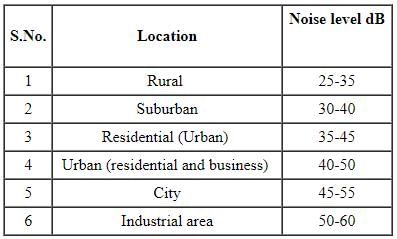BPSC AE Civil Paper 6 (Civil) Mock Test - 1 - Civil Engineering (CE) MCQ
30 Questions MCQ Test - BPSC AE Civil Paper 6 (Civil) Mock Test - 1
A wastewater sample of 2 ml is made up to 300 ml in a BOD bottle with distilled water. The initial D.O. of the sample is 8 mg/l and after 5 days it is 2mg/l. Its BOD is:
As per Lacey's theory, the wetted perimeter of a regime-channel for a discharge of 100 m3/s, is
If modulus of elasticity of the subgrade is 25 MPa, then deflection at the surface of flexible pavement due to a wheel load of 40 kN and a tyre pressure of 0.6 MPa will be:
Which of following statements is/are true for manometers?
l) Manometers are easy to operate.
ll) Manometers do not require frequent calibration.
lll) Manometers are made of steel.
In the design of storm sewers 'time of concentration' is relevant to determine the
Select which is not the reason to provide extrawidening:
A rectangular suppressed weir is a device used to measure stream flow in an open channel. For a rectangular suppressed weir flowing free, the discharge Q is related to the head H over the weir as _________.
Depth-Area-Duration curves of precipitation are drawn as:
When the size of water droplets is under 0.5 mm and its intensity is < 1 mm per hour, what is it called as?
If the odour intensity or pO value is 4, then what is the interpretation?
The depth of water required to bring the soil moisture content of a given soil up to its field capacity is known as
Hydrologic flood routing methods make use of:
The rain waterholes in the parapet or in edging is called as-
Match List-I (Control structures) with List-II (Functions of the control structures) and select the correct answer:

The discharge of water through a rectangular channel of width 6 m is 18 m3/s, when the depth of flow of water is 3 m, then the specific energy of flowing water is
Match the following sewer components with their functions.

According to IS: 4111-1986, the spacing of manholes above ______ may be allowed on straight runs for sewers of diameter above 900 to 1500 mm.
The estimated value of elastic modulus (GPa) of concrete of M65 grade as per IS 456 would be approximately:
A canal is constructed with the idea of feeding two or more canals is known as
The pipe joint commonly used in pumping station
In the case of Pelton turbine installed in a hydraulic power plant, the gross head available is the vertical distance between:
Permanent hardness is removed by :
(a) Lime soda process
(b) Boiling
(c) Demineralisation process
(d) Base exchange process
Acceptable noise level in dB for auditorium is:
The percentage compensation ingradient for ruling gradient of 4% and horizontal curve of radius 760 m is
Statement (I): Instantaneous unit hydrograph (IUH) is used in theoretical analysis of rainfall excess-runoff characteristics of a catchment.
Statement (II): For a given catchment, IUH, being independent of rainfall characteristics, is indicative of the catchment storage characteristics.
________ is the number of vehicles occupying a unit length of a lane of roadway at given instant.
If the specific energy at the up stream section of a rectangular channel is 3 m and minimum specific energy is 2.5 m, the maximum height of jump without causing afflux will be:
























 :
: 































